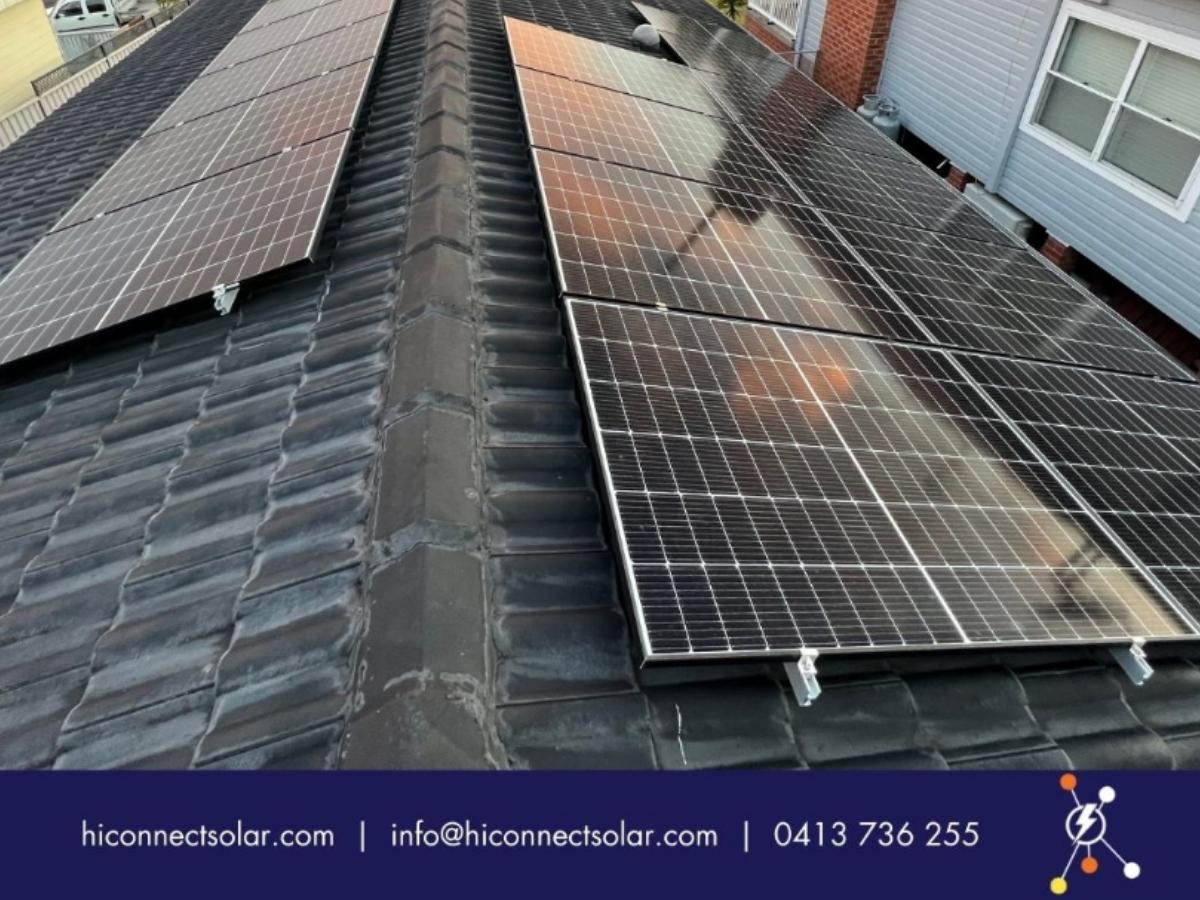In the era of sustainable living and environmentally conscious choices, many homeowners are turning to solar power as a clean and renewable energy source for their residences. With the increasing popularity of solar panel for residential use, providing an eco-friendly alternative to traditional electricity sources. If you're considering making the switch to solar energy, you might be wondering: How many solar panels are needed to power a home? In this blog post, we'll delve into the factors that influence this decision and guide you through the solar panel setup process for your home.
Understanding Your Energy Needs:
The first step in determining the number of solar panels required for your home is to assess your energy needs. Consider your average monthly electricity consumption, taking into account appliances, lighting, heating, and cooling systems. This information will serve as the baseline for calculating the solar capacity needed to meet your household's energy demands.
Calculating Solar Panel Capacity:
Solar panels are rated in terms of kilowatts peak (kWp), representing the amount of electricity they can generate under optimal conditions. On average, a residential solar panel system ranges from 3 kWp to 8 kWp, but the exact capacity you need depends on factors such as:
- Location: The amount of sunlight your region receives influences the efficiency of your solar panels. Sunnier locations may require fewer panels to generate the same amount of power as cloudier areas.
- Roof Orientation and Tilt: The direction your roof faces and its angle play a crucial role in optimizing solar panel efficiency. A south-facing roof with a proper tilt can capture more sunlight throughout the day.
- Shading: Shade from trees, buildings, or other obstructions can significantly impact the performance of solar panels. It's essential to assess and minimize shading to maximize energy production.
- Energy Efficiency Measures: Implementing energy-efficient practices in your home can reduce overall energy consumption, allowing you to install a smaller solar panel system.
Example Calculation:
As a general guideline, a 1 kWp solar panel system can generate approximately 1,600 to 2,500 kilowatt-hours (kWh) of electricity annually, depending on location and other factors. If your household consumes 10,000 kWh per year and you choose a solar panel system with an average efficiency of 1,800 kWh per kWp, you would need approximately 5.6 kWp of solar capacity (10,000 kWh / 1,800 kWh per kWp).
Customizing Your Solar Panel Setup:
Hi-Connect Solar, a leading name in the solar industry, understands that each home is unique. They offer personalized solutions, considering your energy needs, location, and roof characteristics. Their team of experts conducts a thorough site assessment to determine the optimal solar panel setup for home.
Conclusion:
Switching to solar power is not only a sustainable choice but also a financially savvy investment in the long run. The number of solar panels needed to power your home depends on various factors, and Hi-Connect Solar is committed to guiding you through the process. By assessing your energy needs and customizing a solar panel setup tailored to your home, you can enjoy the benefits of clean, renewable energy while reducing your environmental impact and lowering your electricity bills. Make the shift to solar with Hi-Connect Solar and embrace a brighter, greener future for your home.


No comments yet